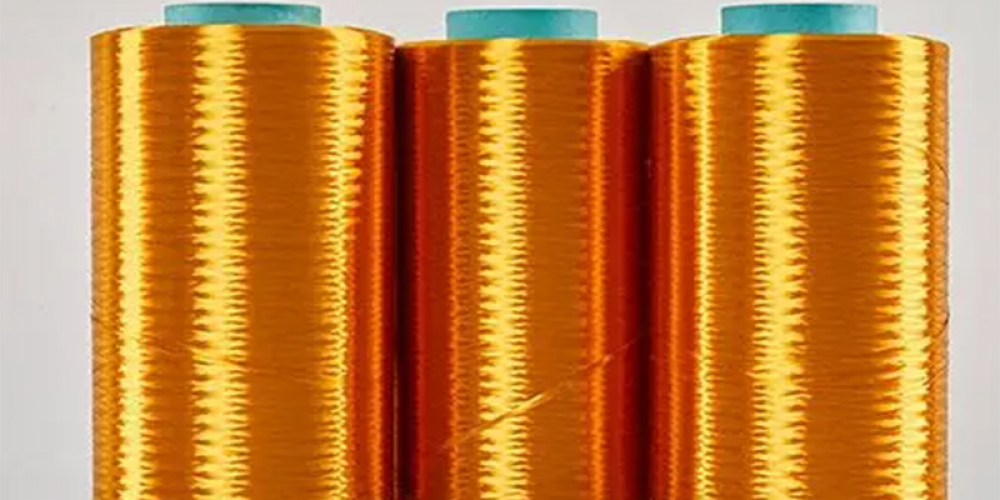
Polyimide fiber is an important high-performance fiber. Its high-temperature resistant polyimide fiber is one of the organic synthetic fibers with the highest use temperature at present. It can be used at 250~350℃. It is superior to aramid and polyphenylene sulfide fibers in terms of light resistance, water absorption, heat resistance, etc. The strength of high-performance polyimide fiber is about 1 times higher than that of aramid. It is one of the organic synthetic fibers with the best mechanical properties at present.
Ⅰ. Protective materials
1. Polyimide fiber has good spinnability and can be made into textiles for various special occasions. Due to its high and low temperature resistance, flame retardancy, no melting drop, self-extinguishing and excellent thermal insulation, polyimide fiber thermal insulation protective clothing is comfortable to wear, has good skin adaptability, is permanently flame retardant, and has stable dimensions, good safety and long service life. Compared with other fibers, due to the low thermal conductivity of the material itself, it is also an excellent thermal insulation material. In terms of labor protection clothing, my country's metallurgical sector needs 50,000 sets of heat-insulating, breathable and soft flame-retardant work clothes each year, and hydropower, nuclear industry, mining, petrochemical, oil fields and other departments need 300,000 sets of protective clothing each year, and about 300 tons of high temperature resistant flame-retardant special protective clothing fibers each year.
2. Non-woven fabrics woven from polyimide fibers are the most ideal fiber materials for making fire-resistant and flame-retardant clothing such as protective clothing for armored forces, racing flame-proof clothing, and flight suits. This nanofiber nonwoven fabric can also be used to make comfortable and warm functional clothing, such as military clothing, medical hygiene clothing, casual clothing to eliminate bad body odor, special clothing for anti-biochemical weapons, medical hygiene protection clothing, high-efficiency smoke protection masks, etc.
With the continuous development of high-tech fields, the requirements for the physical and chemical properties of PI products are getting higher and higher. The performance of traditional PI materials in mechanics, thermal, optical, electrical, and magnetic aspects can no longer meet the special requirements of modern science and technology for materials. PI high-performance fibers will become the typical representative of the next generation of high-performance fibers with their superior mechanical properties, heat resistance, and radiation resistance.